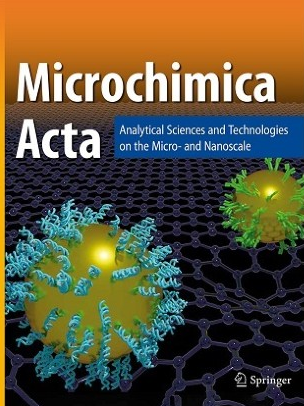Chitosan-wrapped MOF-808 surface for amplifying electrochemical chiral recognition signal
Abstract
Metal–organic frameworks (MOFs) have unique structural and physicochemical properties and show broad application potential in the field of electrocatalysis. However, the organic building blocks of traditional MOFs usually come from non-renewable raw materials, and their inherent toxicity and non-biodegradability limit their application in the field of biocatalysis. By doping with natural polysaccharides, this new type of MOFs not only endows the material with biocompatibility and flexibility, but also provides a new dimension for regulating its catalytic performance. In this work, chitosan is combined with the synthesized MOF-808 through hydrogen bonding, so that chitosan is gradually coated on the surface of MOF-808 or fills part of its pores to form a composite material (MOF-808@CS). This composite structure is constantly adjusted and improved, making the interaction between chitosan and MOF-808 more uniform and stable and ultimately forming a relatively stable MOF-808@CS composite material. The enantioselective detection of tryptophan enantiomers by MOF-808@CS was demonstrated by electrochemical testing. The MOF-808@CS material can be used for enantiomer recognition. It is worth noting that this new type of polysaccharide-functionalized MOFs has important application potential in the field of asymmetric catalysis and provides a new research direction for green catalysis and biocatalysis.
Graphical Abstract

 求助内容:
求助内容: 应助结果提醒方式:
应助结果提醒方式:


